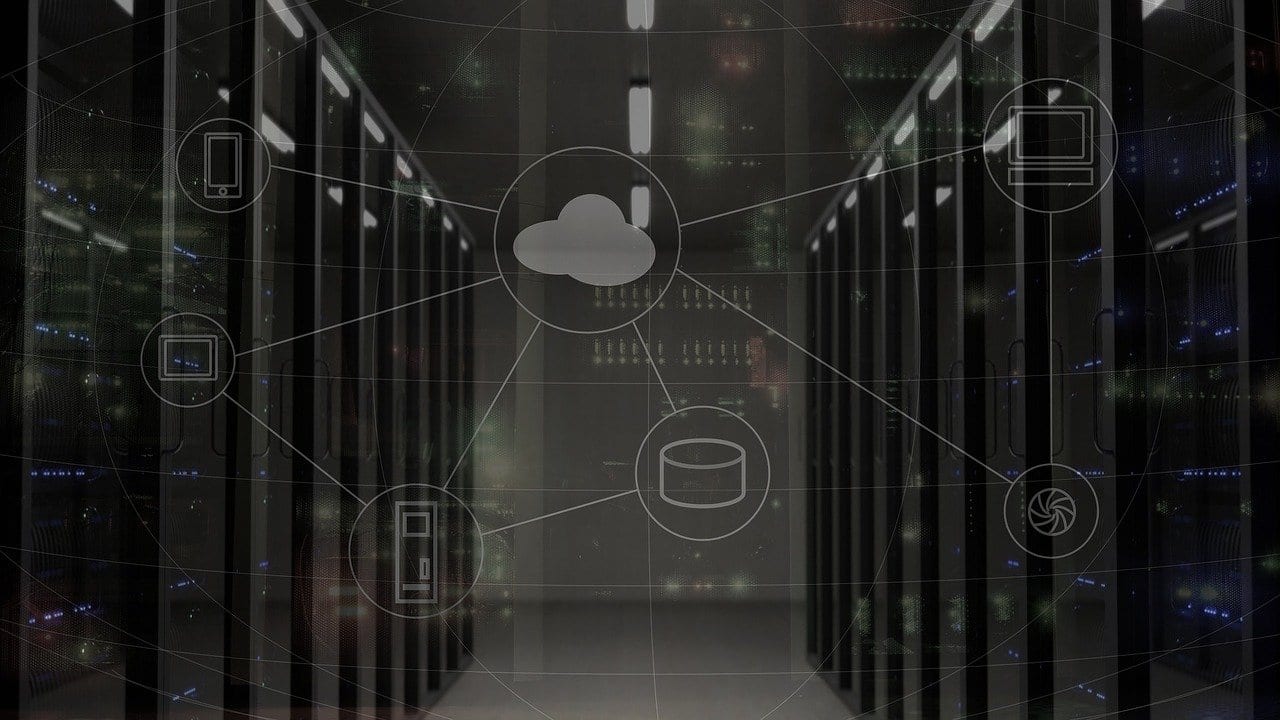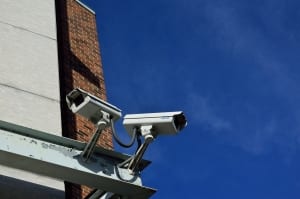Why Insurance Is Vital For Your Business

I own a home-based business. When do I need business insurance?
There are many freelancers, including lawyers, accountants and the like, who own and operate a small firm from within their own home. In this case, too, it is advisable to draw up an office insurance policy. If the home office is uninsured, not only is it not protected from the risks mentioned above, but the office activity may completely void the home insurance policy (if any). If a business is conducted at home, the apartment policy must be updated and it must be stated that there is a business activity happening inside it. If the business activity in the home is not updated, the insurance benefits may be affected in the event of damage or a claim.
What policies are needed?
Insurance of shops and businesses. Store insurance or any other business requires a unique and customized business insurance policy. First and foremost, the policy covers the business from fire damage and can be extended to many additional coverages as needed, such as flooding, theft and more. The common covers can be divided into three parts:
- Structure – can be extended to cover against natural damage and earthquake etc.
- Inventory and / or equipment – can be extended for protection against burglary, natural damage, damage to goods during transfer, loss of profits and more.
- Liability (liability insurance) – Common coverages are third party damage (spread of fire to nearby businesses or customer injury), employer liability (insurance that protects the business owner from claims by his employees), product liability, professional liability and more. In general, the field of liabilities is a relatively complex field, and it usually covers the risks that can cost a lot of money to the insured.
Professional liability insurance is intended for employees in a variety of areas of expertise, including doctors, paramedical therapists, architects, plumbers, lifeguards, beauticians and the like. This insurance provides coverage for the professional responsibility of the professional when performing his work. Thus, if the professional is sued by a client due to professional negligence, whether for bodily injury or property damage, this professional liability insurance provides financial coverage, in accordance with the limits of liability purchased in the policy including ancillary expenses. Professional liability insurance is an important business insurance because it covers the long-term professional and protects them from future claims, even those that were filed many years after the insured event occurred and it’s better to be safe than sorry!




